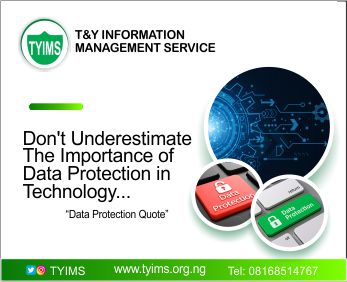The way you leave your desk at the end of the day can make a significant difference to your data protection.
A clear desk policy is a workplace strategy that promotes organization, security, and efficiency by requiring employees to keep their desks free of clutter and personal items when they are not present. This type of policy can be beneficial for a variety of reasons, and it is important for employees to understand and follow the guidelines in order to create a professional and productive work environment. Here are some best practices for implementing and maintaining a clear desk policy:
Clearly Communicate the Policy: The first step in implementing a clear desk policy is to make sure all employees are aware of the rules and expectations. This can be done through employee meetings, email announcements, or the inclusion of the policy in the employee handbook.
Set Specific Guidelines: In order to ensure that the policy is consistently followed, it is important to set clear guidelines for what is and is not allowed on desks. For example, personal items such as photos and trinkets may be allowed, but papers and documents should be kept in designated areas.
Designate Storage Areas: To help employees comply with the clear desk policy, it is important to provide designated storage areas for personal items and documents. This could include file cabinets, drawers, or even designated shelves or bins.
Encourage Regular Cleaning: To keep desks clear and organized, encourage employees to regularly clean and declutter their workstations. This could include setting aside specific times for cleaning, or offering incentives for employees who consistently maintain a clean desk.
Foster a Culture of Responsibility: A clear desk policy is not just about keeping the physical workspace clean, but also about promoting a culture of responsibility and professionalism. Encourage employees to take ownership of their work areas and to be mindful of the impact their clutter can have on their colleagues.
Provide Training and Support: In order to ensure the success of the clear desk policy, it is important to provide employees with the tools and resources they need to stay organized. This could include training on file management, time management, and productivity techniques.
Be Flexible: While it is important to maintain the clear desk policy, it is also important to be flexible and understanding of individual needs and circumstances. For example, employees may need to temporarily keep certain items on their desks while working on a specific project, or they may have specific accessibility needs that require them to keep certain items on their desks at all times.
Overall, a clear desk policy can help to create a more organized, efficient, and secure work environment for all employees. By setting clear guidelines, providing appropriate storage solutions, and fostering a culture of responsibility, organizations can help ensure that the policy is consistently followed and that employees are able to work to the best of their abilities.

